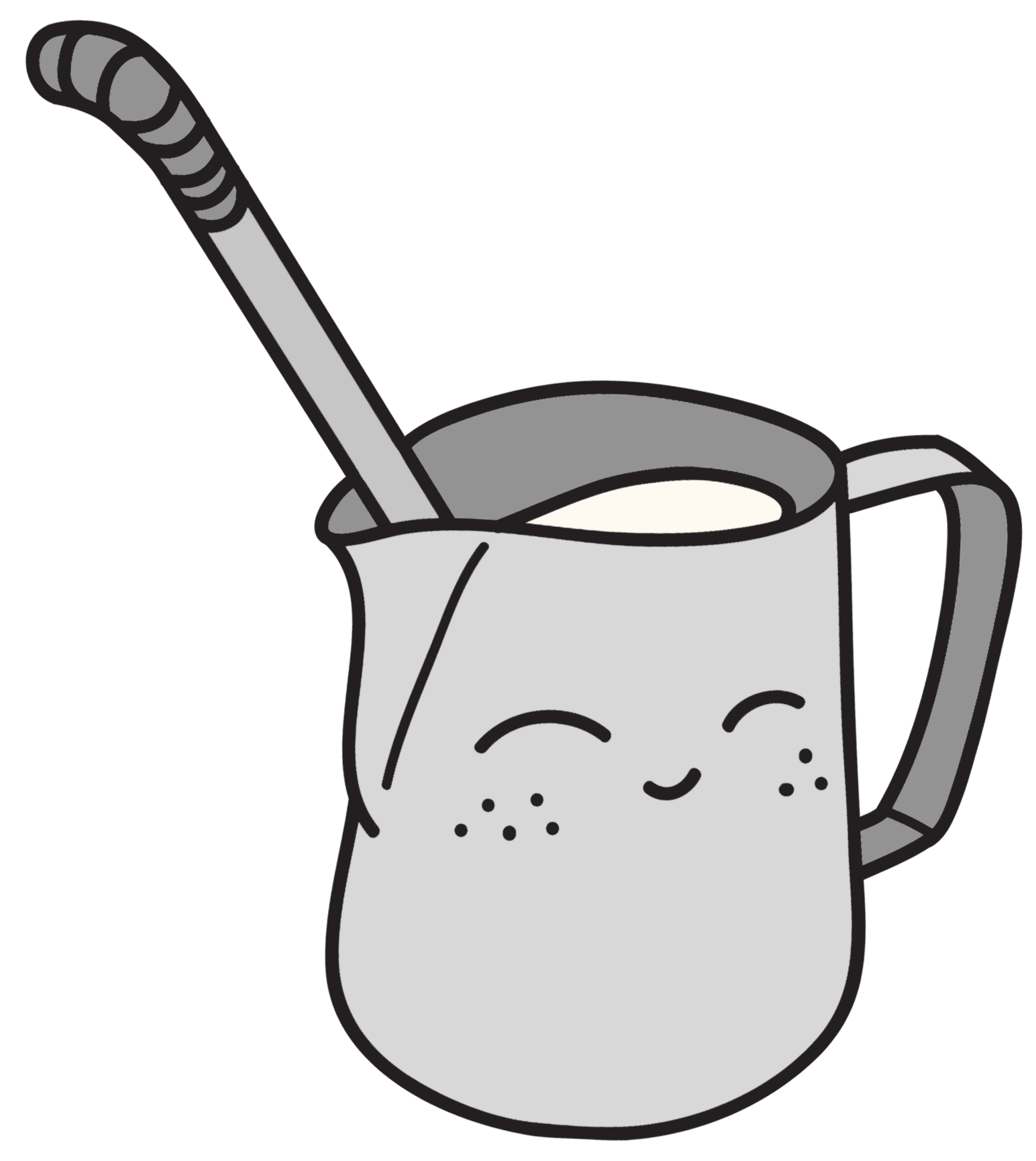Temperature Targets
Temperature Targets and the Use of Thermometers
To make milk safe to drink for a longer period, it is pasteurised. Legislation governing this process varies from country to country. For example, in Australia, where Barista Hustle is based, federal law requires milk companies to process their milk by heating it to or above 72° C for at least 15 seconds. This temperature exceeds the normal serving temperature of milk drinks. Drink temperatures above 70° C will scald the tongue; a comfortable serving temperature is between 55° C and 60° C. This discrepancy in temperature targets for hygiene and for comfort means that it is essential to maintain rigorous hygiene standards with anything involved in the milk-steaming process. When you heat milk for your customers, you are not raising the temperature to a level that will kill bacteria, so you must be careful to keep the milk away from any contaminants.
Many customers ask for extra-hot drinks. This is a large minority of your customer base, and they need to be looked after. It is important to have an extra-hot protocol. A digital temperature probe in the milk pitcher can help with this. A digital probe has a small time delay in the reporting of a temperature. That means you should expect your milk to end up 2 to 3 degrees hotter than the stated temperature when you shut off the steam valve.
The Counting Method
With practice, your fingertips can be ‘dialled-in’ to certain temperature targets. You can use your fingertips as a gauge to bring the milk up to the usual serving temperature and then add 3 to 4 seconds of milk-steaming at the end of the process, after the wall of the pitcher is too hot to check with your fingertips. The more milk you are attempting to steam, the longer it will take to heat up.
Surprisingly, the fingertips seem to be more sensitive than the mouth to high temperatures. It is important that you have a responsive temperature probe to help you train your ability to accurately meet temperature targets.
